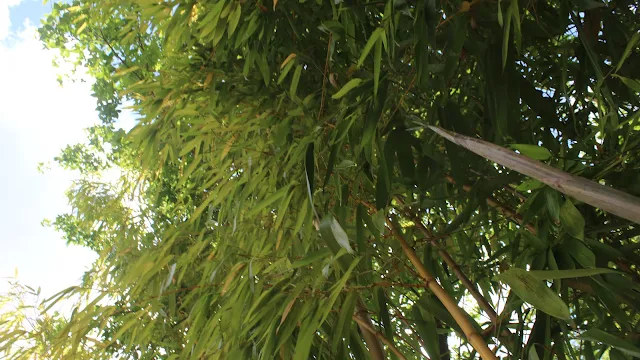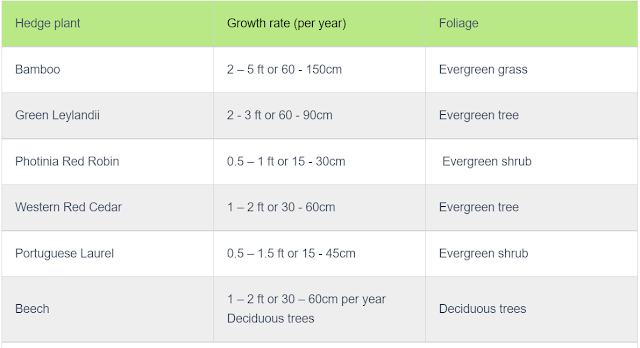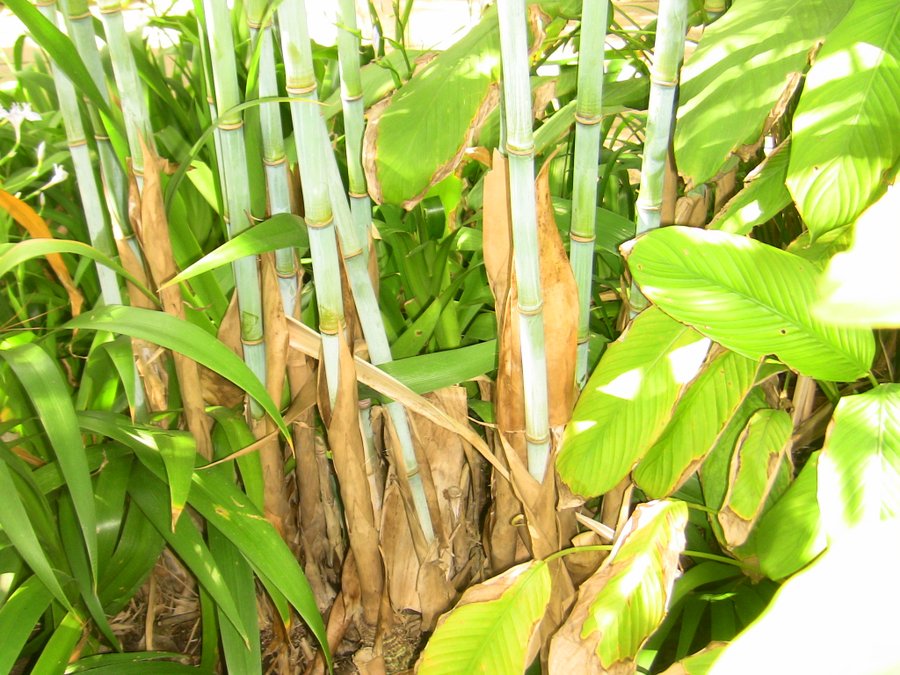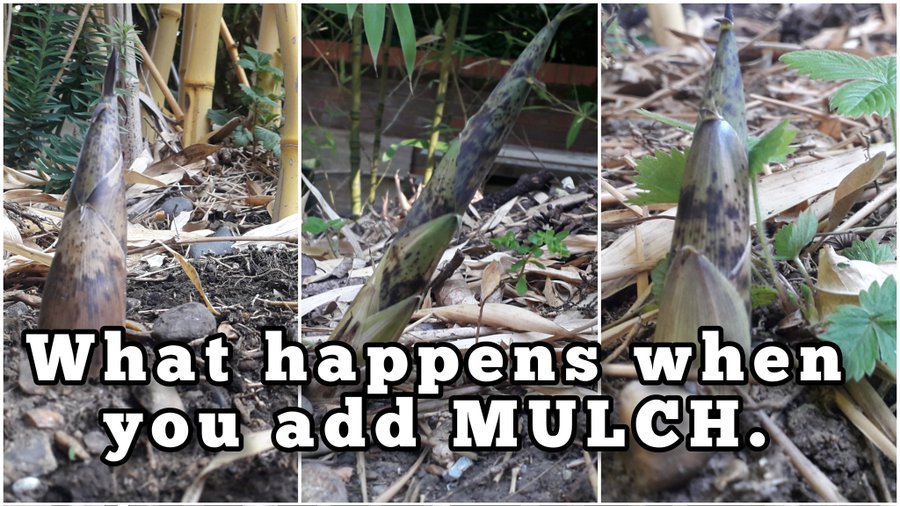Bamboos are not the only fast-growing hedge plants. The other fast-growing shrubs for hedging and privacy screening. They are great alternatives to traditional hedge plants like the Green Leylandii, Photinia, Red Robin, Western Red Cedar, Portuguese Laurel and Beech.
The hedging shrubs are evergreen and retain their foliage all year round, while the others are deciduous and lose their leaves in Autumn.
Many of the hedging trees and shrubs require pruning and mulching to provide neat covers or they’ll grow tall uncontrollably.
Bamboos are fast-growing, if not the fastest, among the hedging and screening plants.
In addition, the bamboos are a standout because they come in different varieties.
Why use bamboos as a hedging plant?
The bamboos are a group of special hedging plants.
They will grow fast, reach a certain height and remain evergreen for many years. They have been used extensively in modern landscaping and garden designs to great effects.
Growing at 2 – 5 ft or 60 - 150cm per year, bamboo is the option for quick hedging. It is fast-growing, evergreen and stands out as the only grass plant for hedging.
There are, in fact, many varieties of clumping and running bamboos that are suitable for both home and garden hedging.
Furthermore, these plants come in various sizes, shapes and colours perfect for tall and short hedges. You can trim some bamboos to give a neat hedge while others may not require any trimming at all.
What are the best bamboo plants for hedging?
Although the running bamboo plants are invasive, growing them in contain structures or pots and containers are ideal containment measures.
Alternatively, choose the clumping bamboos as they are the better options for dense hedges.
So, if you are looking for a better alternative to the common trees and shrubs and other hedging plants, bamboo hedges are great options.
All You Need to Know About Selecting Bamboo Plants is a guide that will lead you to the right bamboo depending on your preferences. So, check it out and download the PDF version.
Pros and cons of bamboo hedge plants
As a grass variety, bamboos have slim culms, are tall, and slender and tend to grow in masses providing dense evergreen foliage covers all year round.
But, the running bamboo varieties are invasive and spread very quickly putting out lots of shoots and rhizomes every year.
This is one of the major reasons why many homeowners and gardeners do not want to grow bamboo hedges.
They are like a rowdy toddler if you neglect them.
However, the pros of growing bamboo far outweigh the cons.
Bamboo plants are formidable hedges. You have to select them carefully, choose the ideal site and care for them as they grow just like the other hedging plants.
How to grow a bamboo hedge?
Clumping bamboos will need spacing of less than a metre in between them. As the clumpers grow, they’ll cover the spaces and provide a formidable hedge.
The clumpers are perfect for low hedges.
The running bamboos will spread and ultimately form a dense hedge within 2 to 3 years and reach matured height in 10 to 20 years.
So, space them out at least a metre to 1.5 metres apart.
Reassuringly, you do not have to worry about how far to space them. Once the bamboos grow, you can then move them around to cover the gaps.
Care for bamboo hedges
As mentioned earlier, not all bamboos will require trimming.
They grow to a certain height (called the matured height) and remain that way for 10 – 20 years.
Whereas other bamboos can be pruned to give a neat appearance. Either way, it boils down to selecting the right bamboo that suits you.
The common bamboo care and maintenance include:
- thinning,
- mulching,
- pruning,
- fertilising,
- dig a trench, and
- build boot barrier.
 Provide the right care for your bamboo hedge
Provide the right care for your bamboo hedge
Must-do when growing bamboo plants
Before planting bamboo, whether it’s a runner or clumper, you should build a barrier especially when growing them as hedging plants.
Barriers can be root barriers, trenches, raised beds or contained structures – any that works for you.










